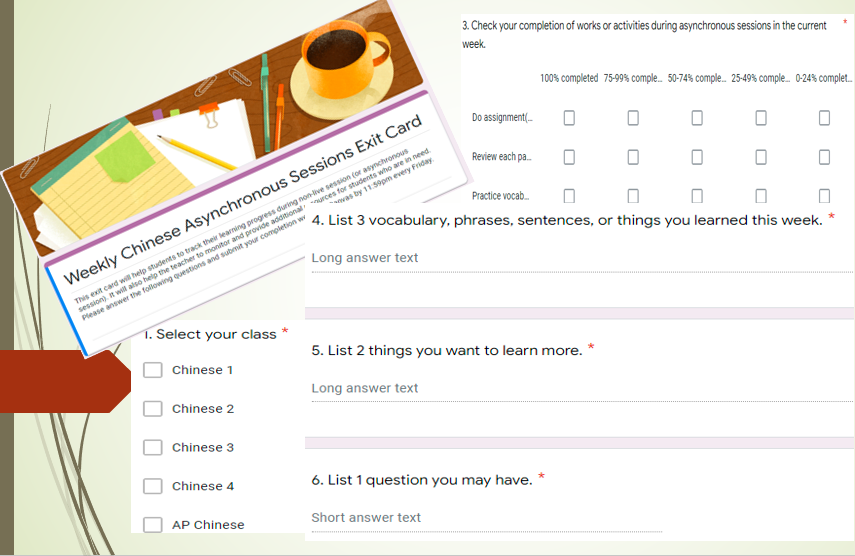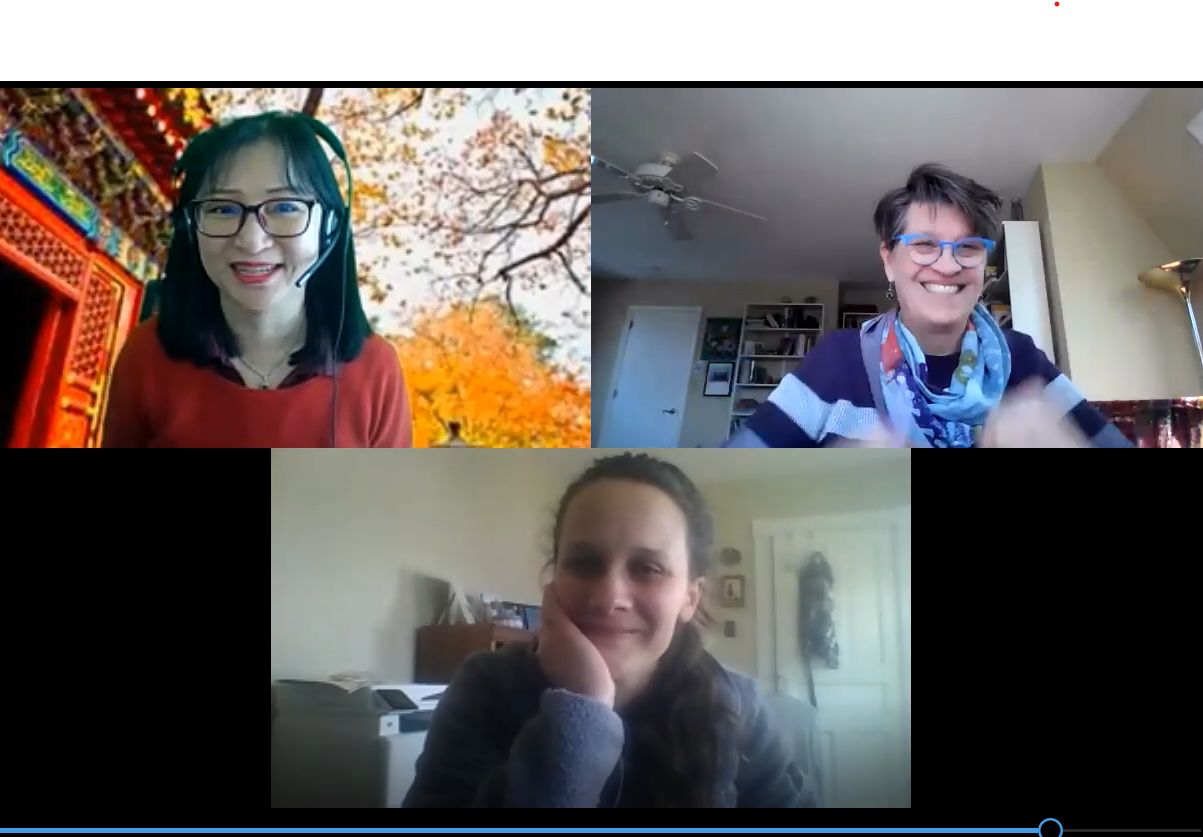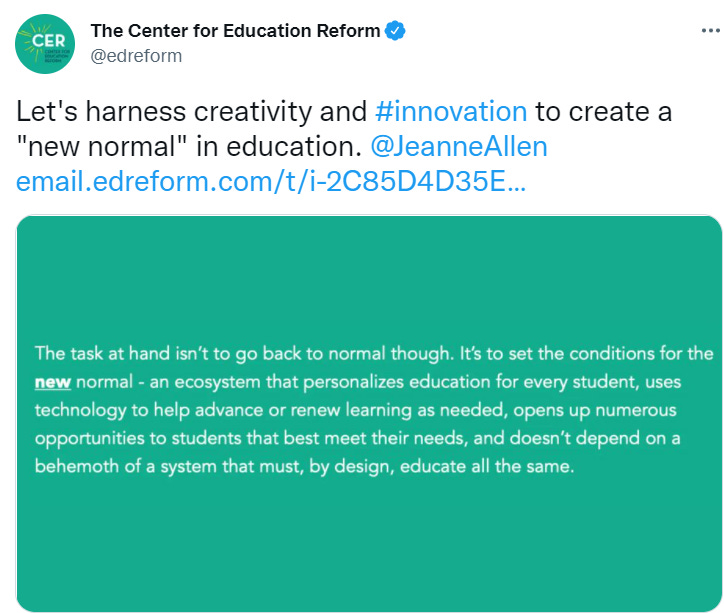We recorded a podcast that goes with this blog! Check it out HERE
I had the pleasure of talking with Olivia and Ying-Fang on our podcast We Do This Everyday – the second episode about the use of an asynchronous Exit Card as a strategy to engage learners. I got really excited about learning more about this strategy because when Olivia met with Ying-Fang Jeffers she was over the moon about sharing it. I had to know more!
You can NOW find our podcast on ApplePodcast and Stitcher!
Here are a few key takeaways from our conversation:
- Listen to the end! At minute 20:40 Ying-Fang shares the secret sauce to being a great teacher. She claims it helps students learn, helps teachers to have the passion and patience to teach, creates dedication and ownership, and creates authentic and trustworthy classrooms.
- The Exit Card is easy to implement and provides a great way to get to know students in the asynchronous environment.
- The Exit Card provides opportunities for the teacher to clarify, re-teach, and provide additional resources.
- The Exit Card gives students opportunities to reflect on and to take ownership of their learning.
- The Wilson College TCP (Teacher Certification Program) provides is a highly regarded, affordable, and convenient program for those who have earned a bachelor’s degree to become teachers. WE are SO grateful for this partnership.
Directions for Using the Exit Card
The exit card links to a Google Form that students fill out at the end of the week to report on the asynchronous work they have done. They share what percentage of the work they completed and then three (3) new words or phrases they learned, two (2) things they still want to learn, and one (1) question they have.
The form allows for students to make multiple submissions, so it is the same form every week. The teacher simply reposts it and is able to watch as responses come in. Then, the teacher can respond to specific questions or incorporate student interests into future lesson topics. I was impressed by the elegance of this simple approach to support students’ asynchronous work. It encourages the students to engage in some self-assessment as they consider what they have completed that week. It offers a private space to share a question or concern with the teacher. And it provides closure to a week that often ends on asynchronous work, rather than a live session. I imagine this is something many of our students in the virtual or hybrid environment could benefit from. Thank you to Ying-Fang Jeffers for the idea!
Leadership Corner
What is Innovation?
Using a simple google form allowed Ying-Fang to create a space asynchronously to be able to communicate and support her students. Not all innovation needs to be a robot or lightning-fast internet.
The exit card is a small, but powerful innovation. If we want to continue to meet our students where they are and create authentic, trustworthy spaces, something this easy can have a radical effect.
As we are moving away from COVID restrictions it is important to not go back, rather move ahead to a new normal.
What small, powerful innovations have you or your staff shared from your experience these past few years?? What are some of the ‘new conditions’ that will happen in your school or classroom? Who is helping you to get there?




